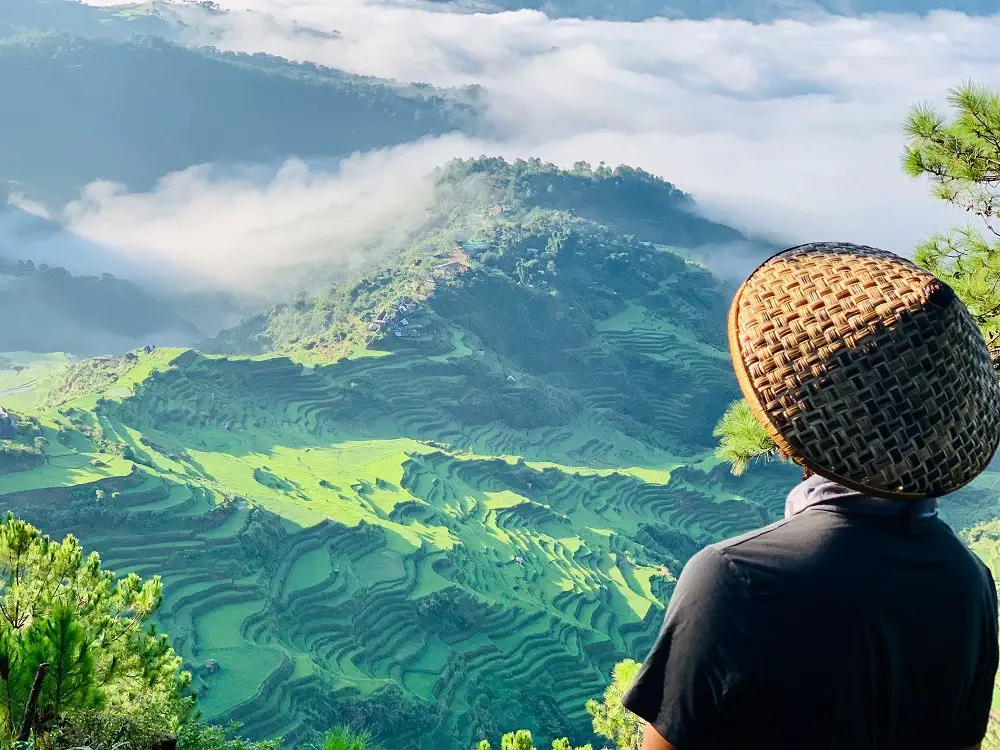
A First-Timer’s Guide to the Philippines
Are you traveling to the Philippines for the first time? Here’s a guide that covers everything you need to know about the Philippines — including currency, weather, things to do and more!
I’ll also be adding personal tips from years of living here as a local.
Contents
An Overview of The Philippines
The Philippines is an archipelagic country made up of over 7000 islands. It’s made up of 3 main island groups: Luzon, Visayas, and Mindanao. Its capital is Metro Manila, which is located in the NCR Region in Luzon.
This unique geography means several things:
- It has an abundance of natural resources. It has numerous islands which are ideal for water activities such as swimming, snorkeling, diving, and island hopping.
- Because the communities are scattered, you will find that people speak different dialects! However, Filipino and English languages are still the main languages used.
- Different cultures, arts, and cuisine can be found in each province!
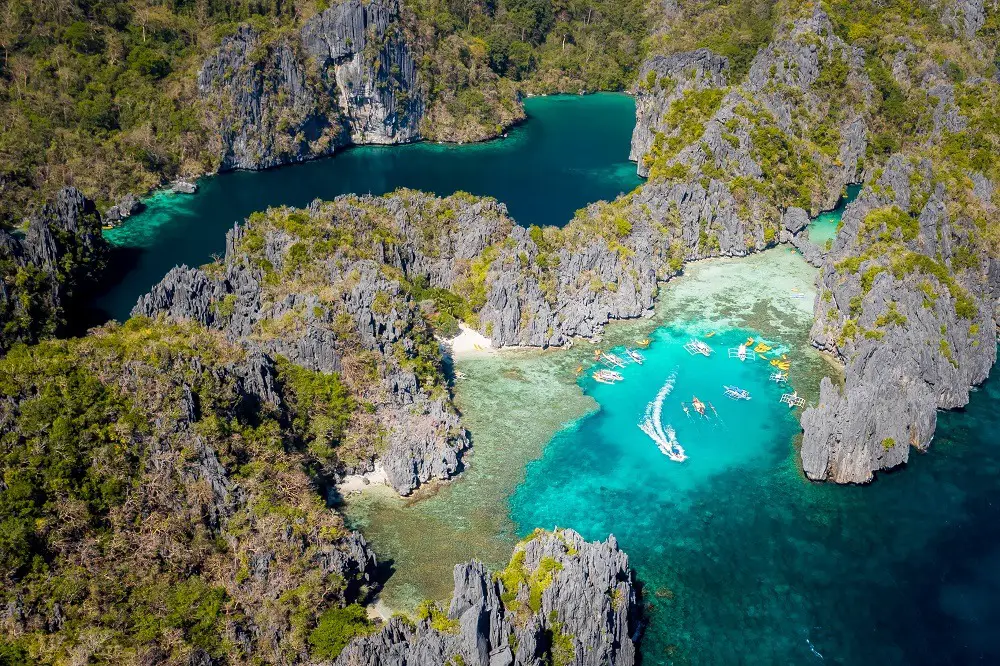
Basic information
For other tips, check out our list of Things To Know Before Visiting the Philippines.
Visa
US passport holders do not need to secure a visa before flying in. US and other citizens can enter visa free provided that:
- Stay is no longer than 30 days
- Passport is valid for at least 6 months
- There is proof of onward passage.
Currency
The Philippines uses Philippine peso as its currency. Currently, exchange rates are about $1 to P50.
Language
The locals speak both Filipino and English. The Philippines is one of the few countries in Asia with high fluency in the English language, so communication is easy. The locals may not be able to communicate with you perfectly, but you’ll understand each other.
Weather
The Philippines is a tropical country with 2 distinct seasons: dry season (November to May) and rainy season (June to October).
The dry season is the best time to visit this country. In particular, December to February are cool months with few rainfall so these are the best months to book your ticket. Take note that December is holiday season, so expect peak rates. April to May is summer time so expect good weather in general, but it also coincides with school break so it’s peak season as well.
Personal Tip: The rainy season is considered off-peak season, so you might choose to visit during this time to experience less tourists and cheaper rates. I like traveling during off-peak season, but it’s a gamble since you’ll never know when a typhoon will enter the country. It’s also worth nothing that some areas in the Philippines aren’t as affected by typhoons due to location or geographical features, such as Palawan.
How to get around
Because the country is made up of islands, you will need to strategically plan your route (and budget!). For example, if you’re flying from Manila to Boracay or Palawan, you will need to take a local flight. Direct land or sea travel may not always be available or may take too long.
Check out low-cost airlines Cebu Pacific and Airasia. Websites such as Traveloka also offer good rates for flights and accommodations.
On land, public transportation is available in major cities. This includes tricycles, jeepneys, and buses. There are also taxis.
Personal Tips:
- Booking your tickets early makes a huge difference in saving money. Check out our Hacks to Book Cheap Flights in the Philippines.
- Install Angkas (for motorcycles rides) or Grab (car or taxi) for easy transport.
Frequently Asked Questions
Here are some common questions about the Philippines.
Is it safe to visit the Philippines?
Yes. For a more detailed answer, here’s my post on Safety in the Philippines.
How much does it cost to travel around the Philippines?
The Philippines isn’t as cheap as other places in Southeast Asia — but it’s still cheap if you’re coming from US or other Western countries with high exchange rate.
Here are the general prices:
- Accommodation: Standard room (good for 2 people) – P2000-2500
- Meals: P100 per person
- Activities: Island hopping tour (joiner rate) – P1000-1500 per person
Prices depend on each location. Generally, a day’s budget can be anywhere from P700 to P1500 if you’re traveling with at least one other person (including accommodation, food, and tours). This excludes other extra activities such as diving.
I have written a guide on How to Travel the Philippines on A Budget.
How long should you stay in the Philippines?
If you’re planning to visit the major tourist attractions, 3 weeks is enough time.
Here’s a suggested 2 weeks itinerary and 3 weeks itinerary in the Philippines.
Best Places to See in the Philippines
This is a general overview of the major tourist attractions in the Philippines. I have written a separate, more in-depth guide about the Best Places to Visit in the Philippines.
Manila
This is the capital city of the Philippines. It’s home to NAIA international airport and is often the entry point of tourists. You can take a tour in Manila or proceed directly to connecting flights to other locations.
Manila has a bit of cultural sights, but it also has horrendous traffic and pollution. As most locals will advise you, it’s best to get away from here as quickly as possibly, unless you really want to see Intramuros or the shopping malls.
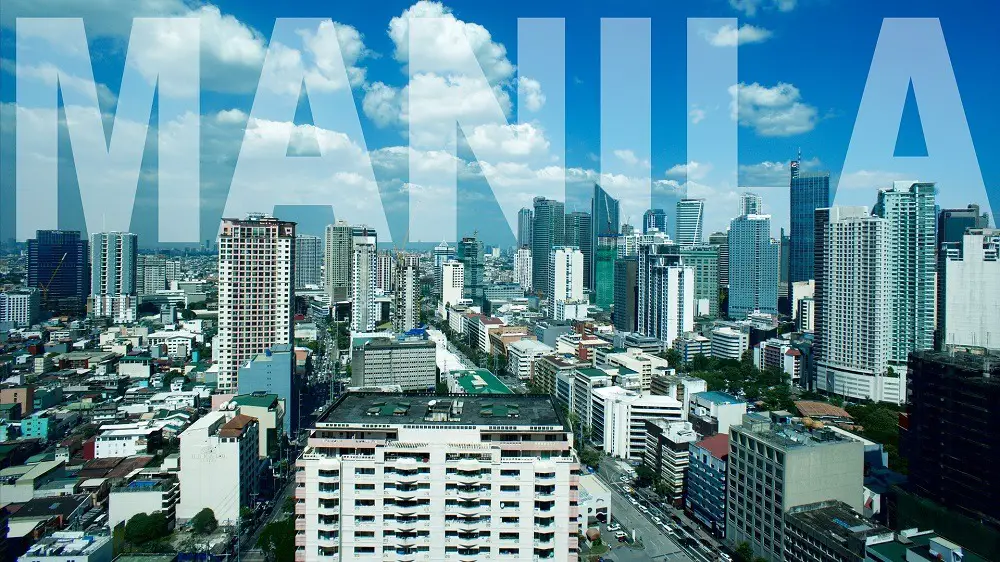
Palawan
Palawan is top tourist attraction in the Philippines. Even if you’re not a mainstream traveler, don’t skip this yet! Palawan has amazing nature sights and activities that you can’t find anywhere else.
Head to Puerto Princesa to see the Underground River, a UNESCO World Heritage Site. Then proceed to El Nido to see the Small Lagoon, Big Lagoon, and other beautiful islands. Transfer to Coron to see Kayangan Lake (considered the cleanest lake in Asia), Twin Lagoon, and other exotic spots.
If you’re looking for low-key places, Balabac offers gorgeous pristine islands, including Onuk Island. Port Barton offers a quiet beach getaway with island hopping and waterfall activities. Aside from these, you can also visit Dumaran, Linapacan, and Sibaltan.
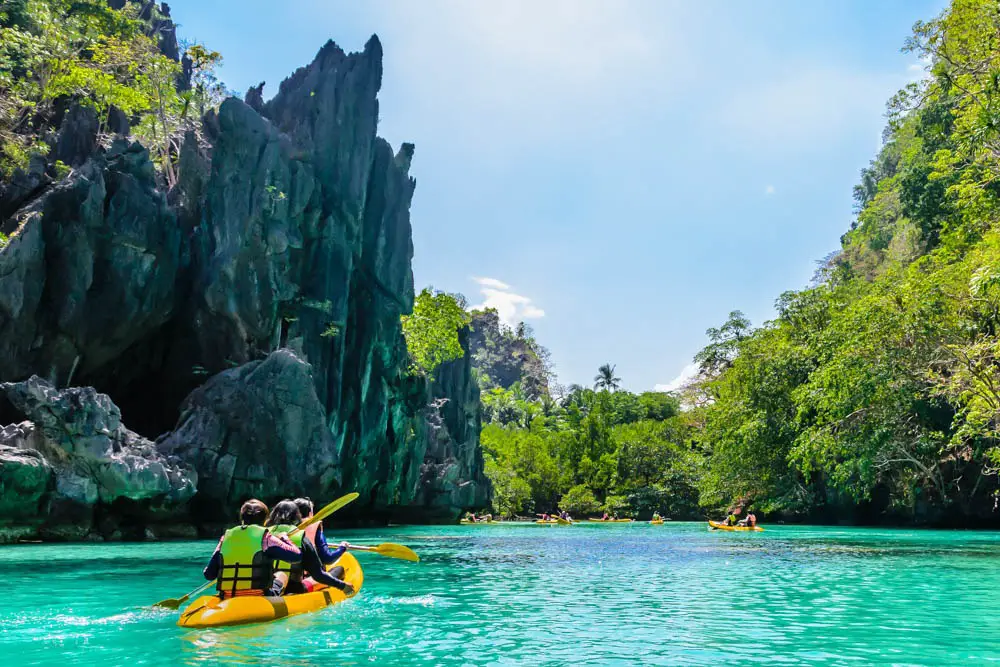
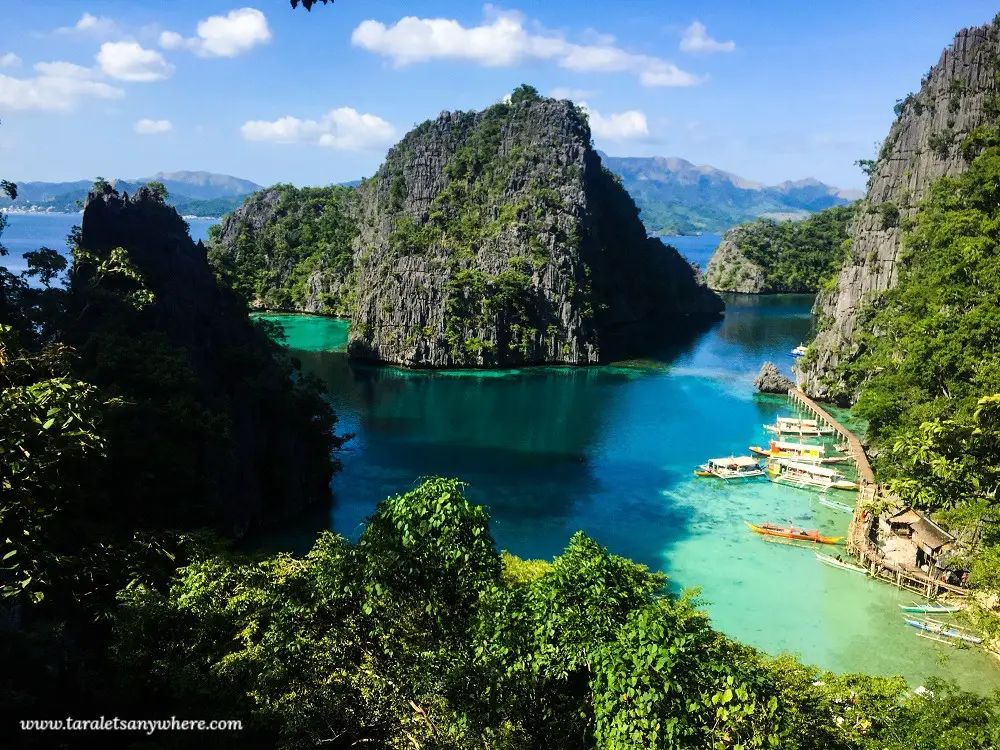
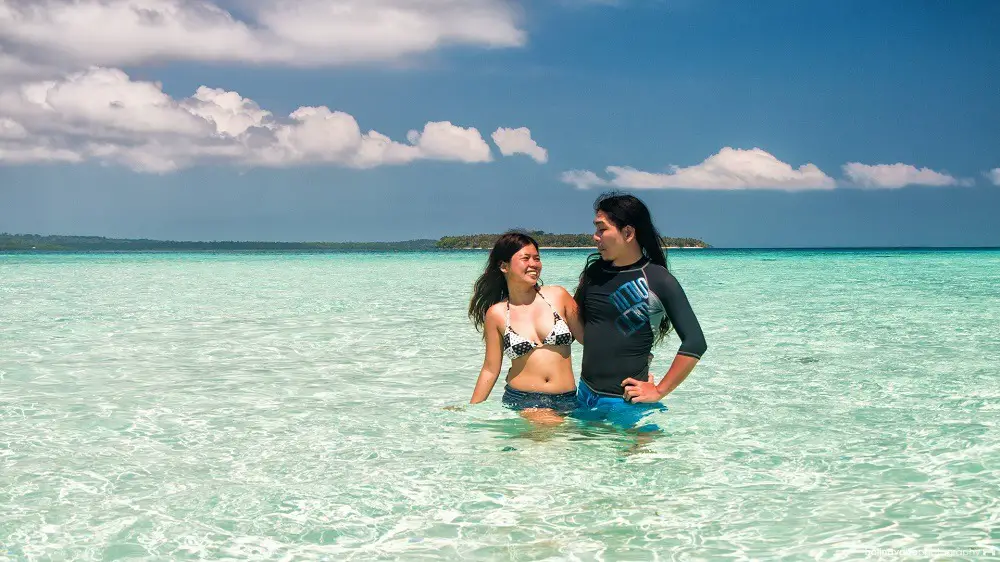
Cebu
Cebu is another main tourist attraction in the Philippines.
While in Cebu City, you can do a city tour, go on food tripping to taste delicacies such as lechon, or island hop. From Cebu City, you can explore other parts of the province.
In the south, you can visit Moalboal to see the sardine run and other diving spots. Then to Oslob for Kawasan Falls. (Please skip whale shark watching in Oslob as it’s not an eco-friendly activity.) In the north, you’ll find Bantayan Island which is famous for its white-sand beaches and Malapascua Island, another island for diving. If you’re after a quiet beach vacation, head to the east to Camotes Island.
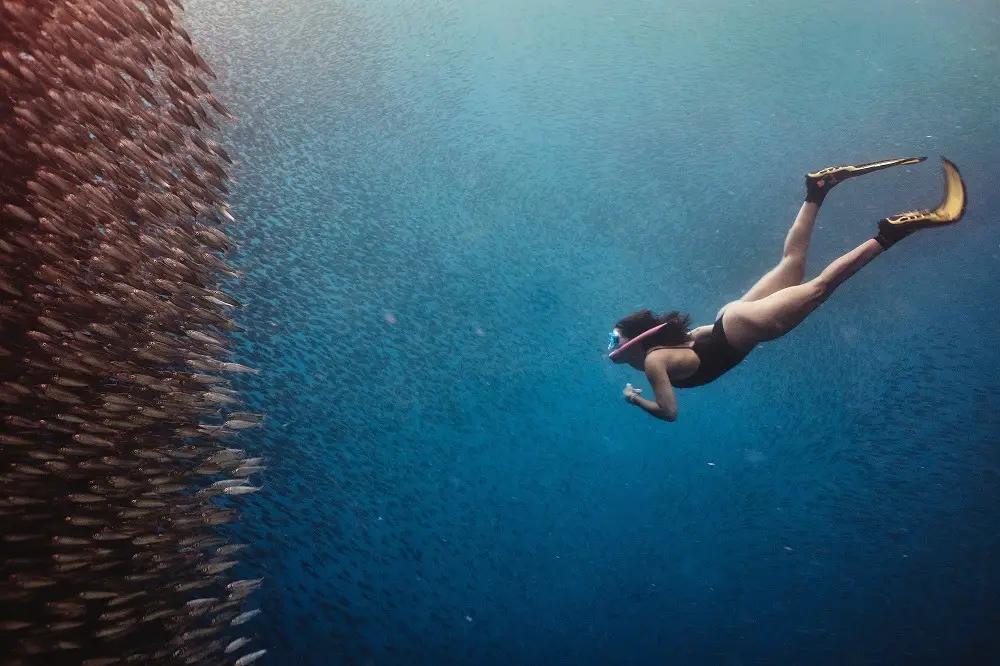
Bohol
While in Cebu, you may drop by its sister province. Bohol features the famous Chocolate Hills. It also has white-sand beaches, particularly in Panglao.
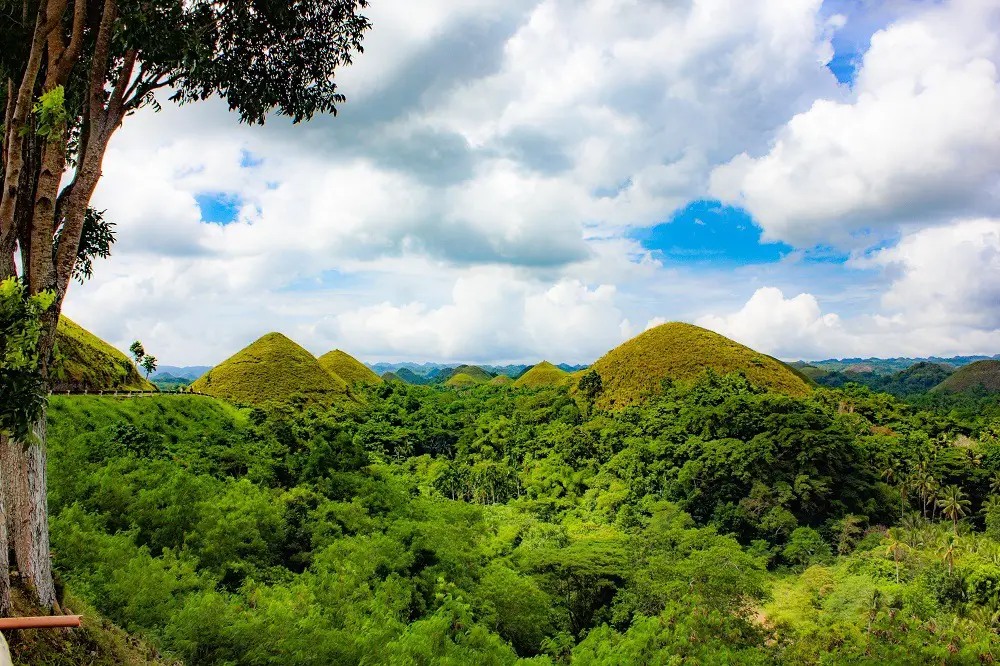
Boracay
Boracay is a world-famous island beach. My experience is that it’s a love-it or hate-it type.
Here you can see White Beach, which is one of the most beautiful beaches in the country. You can also do numerous watersport activities such as snorkeling, diving, and even mermaid swimming.
Tourists may skip Boracay in favor of other less-commercial areas, but if you’re looking for a place that’s easy to travel to (especially if you’re with a family or special someone), this is still a good place to consider.
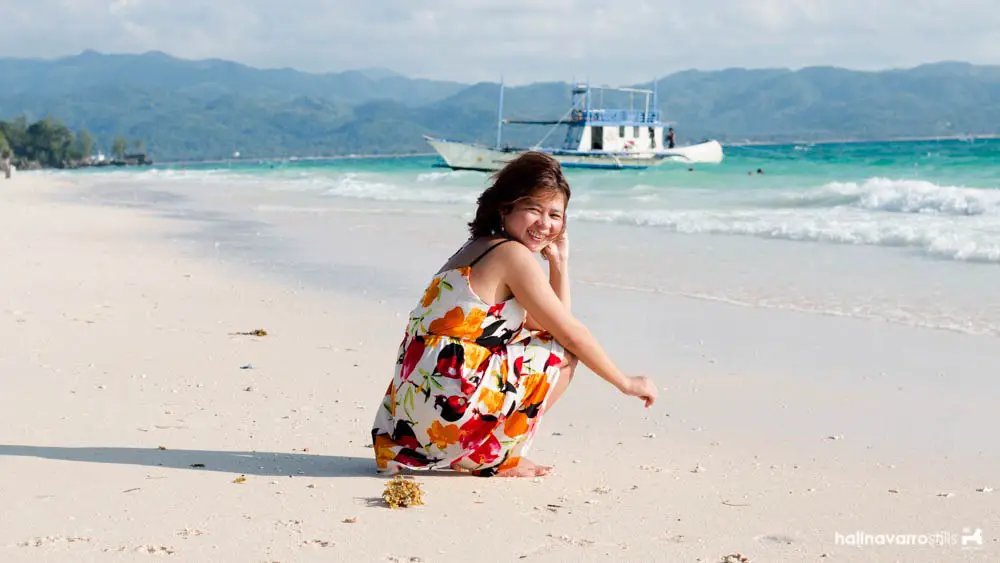
Siargao
Siargao is known as the Surfing Capital of the Philippines. With different surf breaks around the island, it’s popular among amateur and professional surfers.
Siargao is a gorgeous tropical island which I highly recommend you visit. Aside from surfing, you can also explore land attractions including coconut farms, rivers, and caves. You can also go island hopping or charter a boat to the nearby Sohoton Cove.
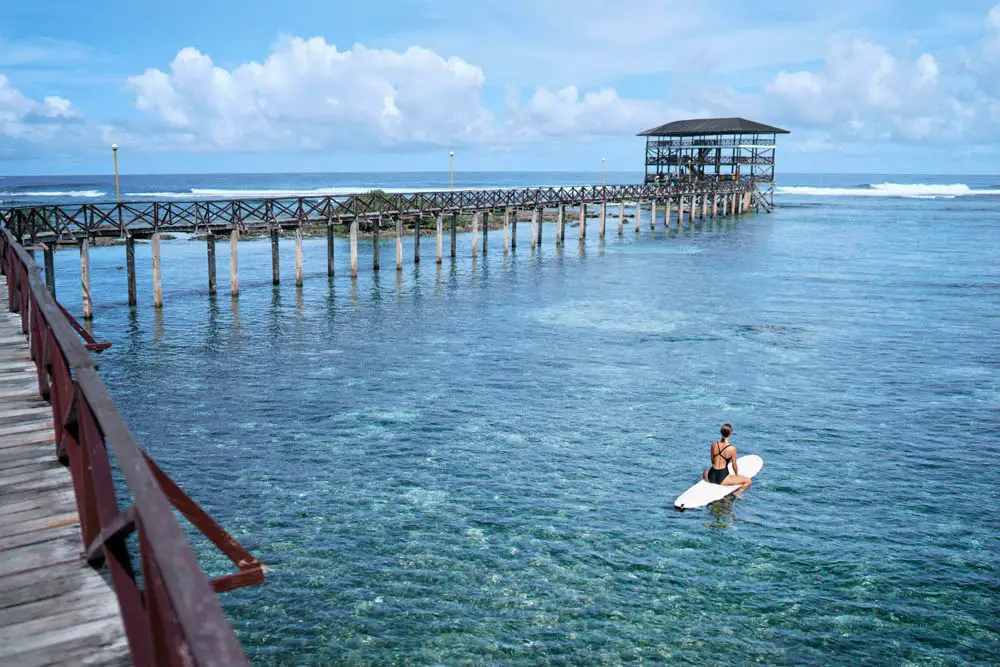
Other Recommended Places to See
Here are relatively less-visited places that you may also consider on your visit to the Philippines. These are places I’d gone to and which I can recommend whole-heartedly.
Sorsogon
Sorsogon is one of my favorite places in the Philippines. There is a lot of things to do in Sorsogon, including island hopping, surfing, and even whale shark watching. Take note that the whale shark activity here is considered more ethical than that in Oslob (Cebu) and even promoted by WWF.
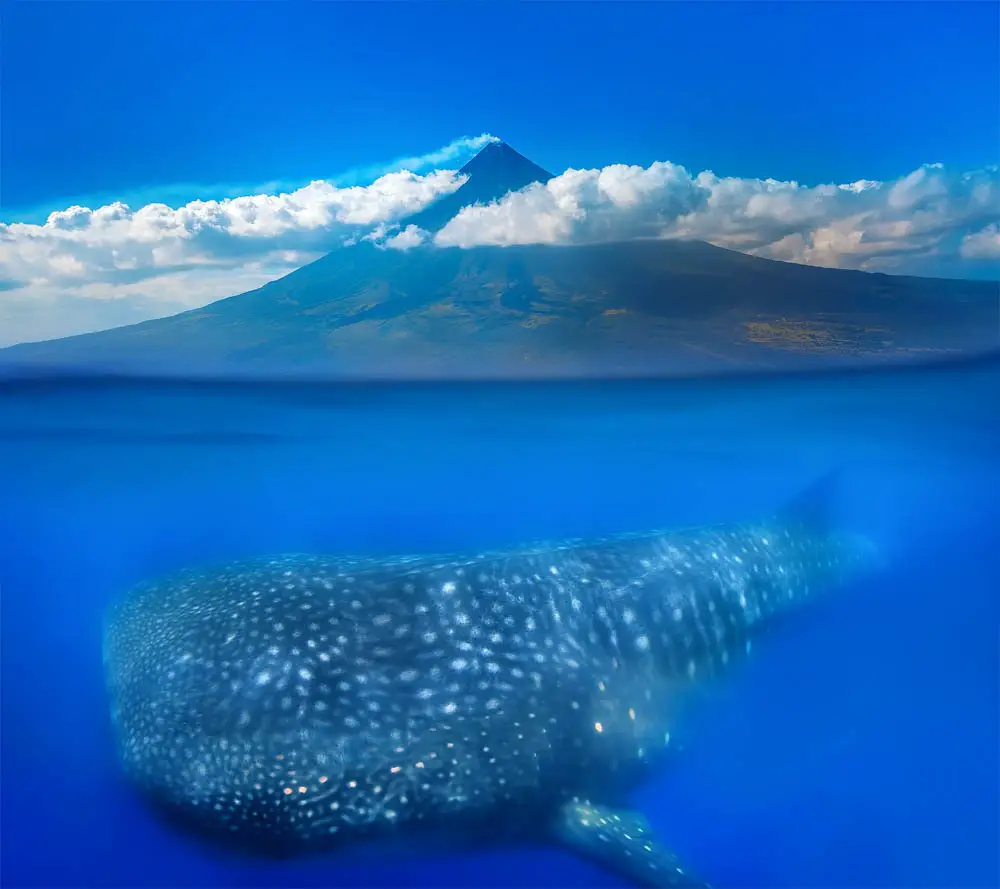
Camiguin
Camiguin is an underrated island in Mindanao. Its more primarily known for White Island, but if you explore further you will see amazing diving locations and even a marine sanctuary home to thousands of giant clams.
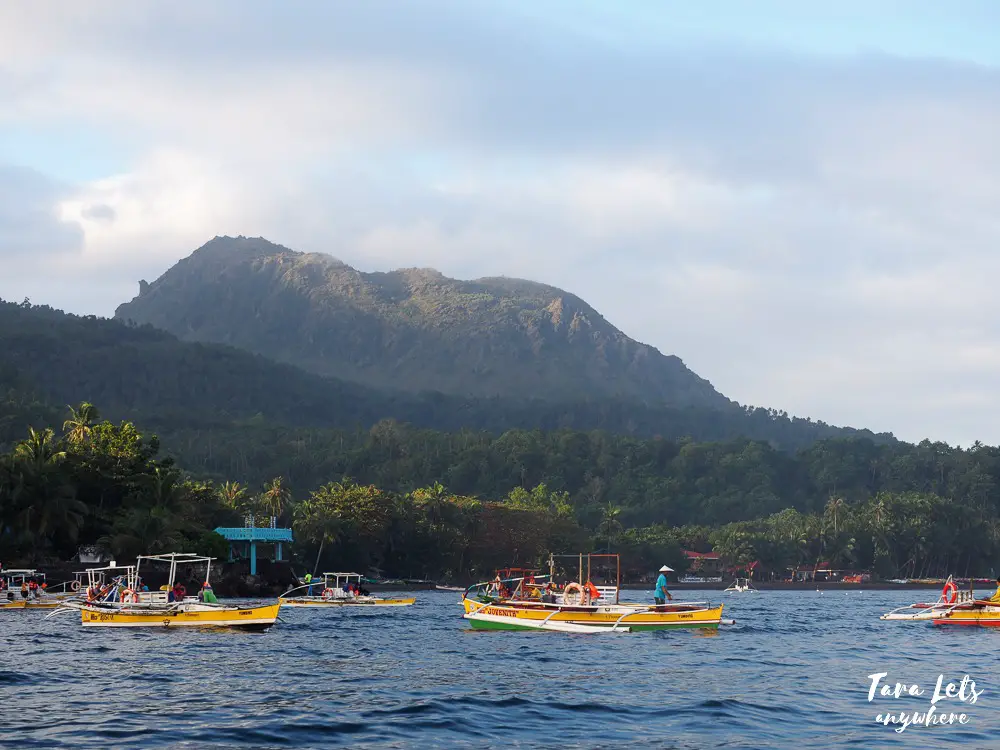
Zamboanga
Zamboanga isn’t often visited by foreign tourists because of the reputation of Mindanao as an unsafe area. This is saddening to know, as in my experience based on the two trips I’d been here (and conversations I’d made with the locals), Zamboanga City is perfectly safe.
Not only that, the city also has a colorful history, architecture, and one of the best cuisines in the country.
It’s also the gateway to other places in Mindanao, including the next item on my list — Tawi-Tawi.
Tawi-Tawi
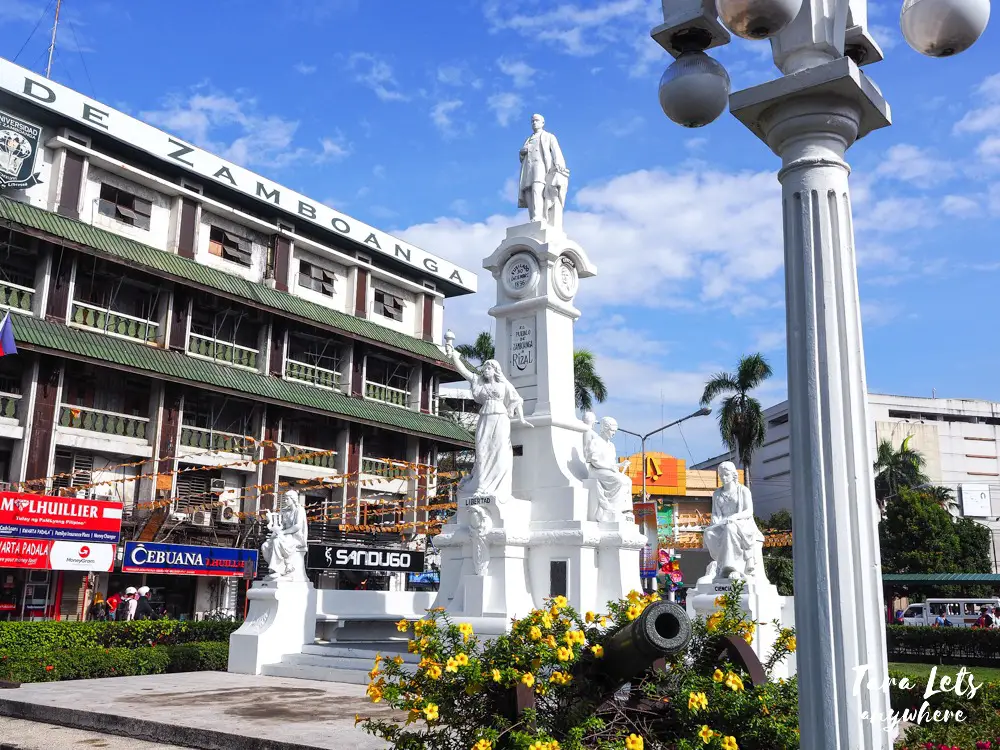
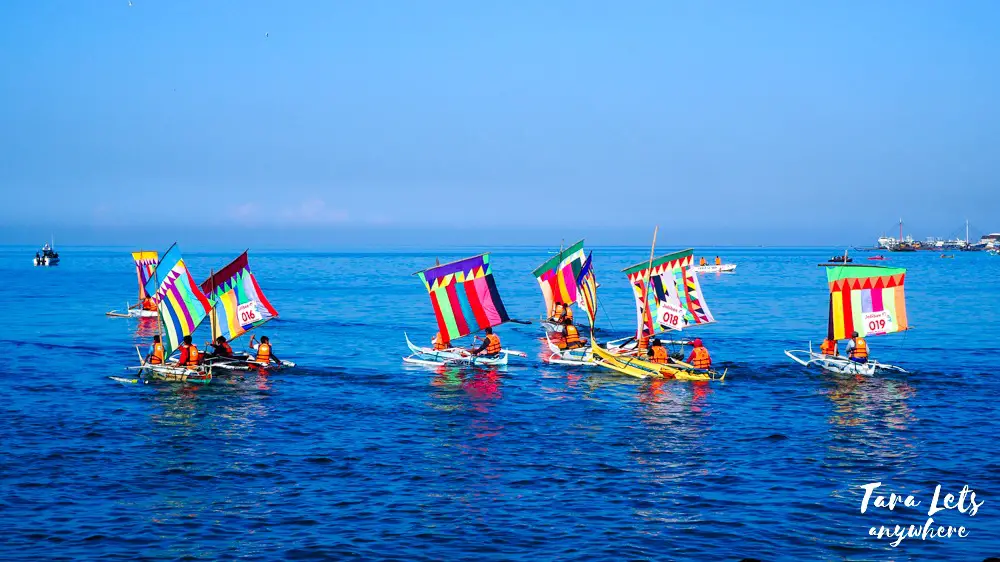
Tawi-Tawi is one of the best places you can visit in the Philippines! I only spent a short time here, but every time I remember about my experiences I still can’t help but smile.
There are a lot of things you can do in Tawi-Tawi. You can immerse with locals, eat fresh seafood to your heart’s content (seafood is fresh and cheap, and yes, you will get fat if you stay here for days), island hop to surrounding islands, snorkel and dive, and more.
Tawi-Tawi is one of my favorite places and I can’t recommend it enough! Due to its location and lack of tourists, it offers a truly authentic experience.
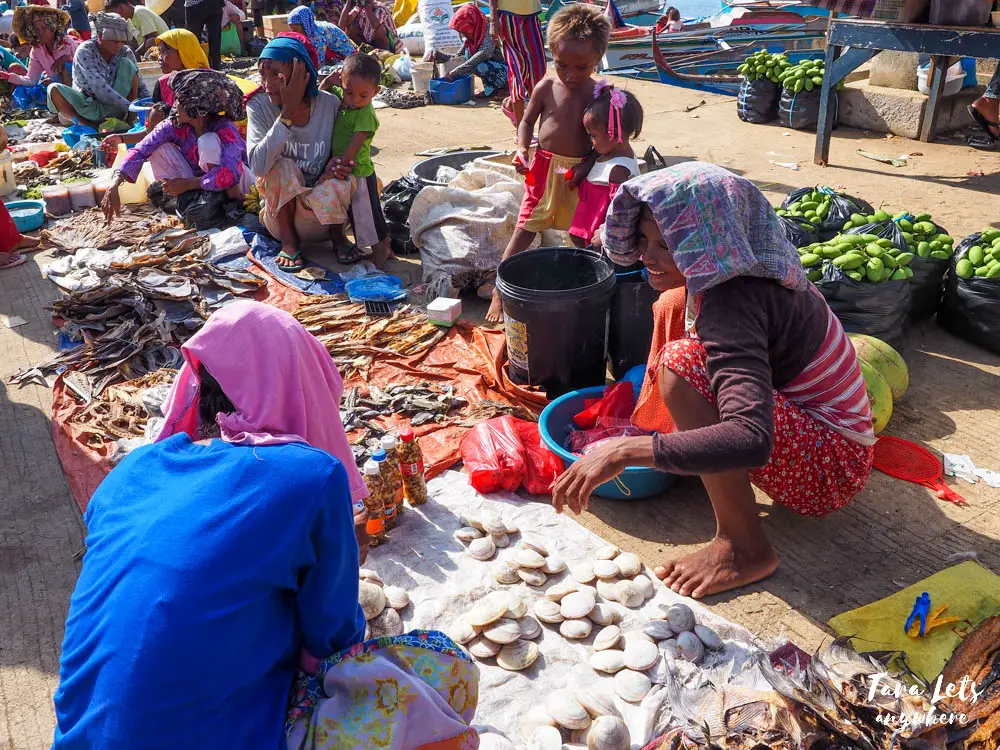
Others
If you’re specifically looking for off-beaten areas, here’s my recommendation on Off-Beaten Destinations in the Philippines.
What to eat and drink
Filipino food doesn’t really have the best reputation especially in comparison to other countries in Southeast Asia, but you can find remarkable dishes here as well. I’ve made a separate guide on Must-Try Foods in the Philippines.
Some must-try’s include sinigang (soup with sampaloc or other sour fruit), sisig (grilled pork face), kare-kare (stew with peanut sauce), dinuguan (soup with pig’s blood), kilawin (fresh fish marinated in vinegar) and laing (gabi leaves in coconut milk).
For desserts, halo-halo is a summer favorite.
The Philippines also has a street food scene. Try kwek-kwek, inihaw (grilled food such as chicken intenstine), or balut (the infamous boiled duck embryo).
Here’s a sample video of Filipino street food found in Cebu.
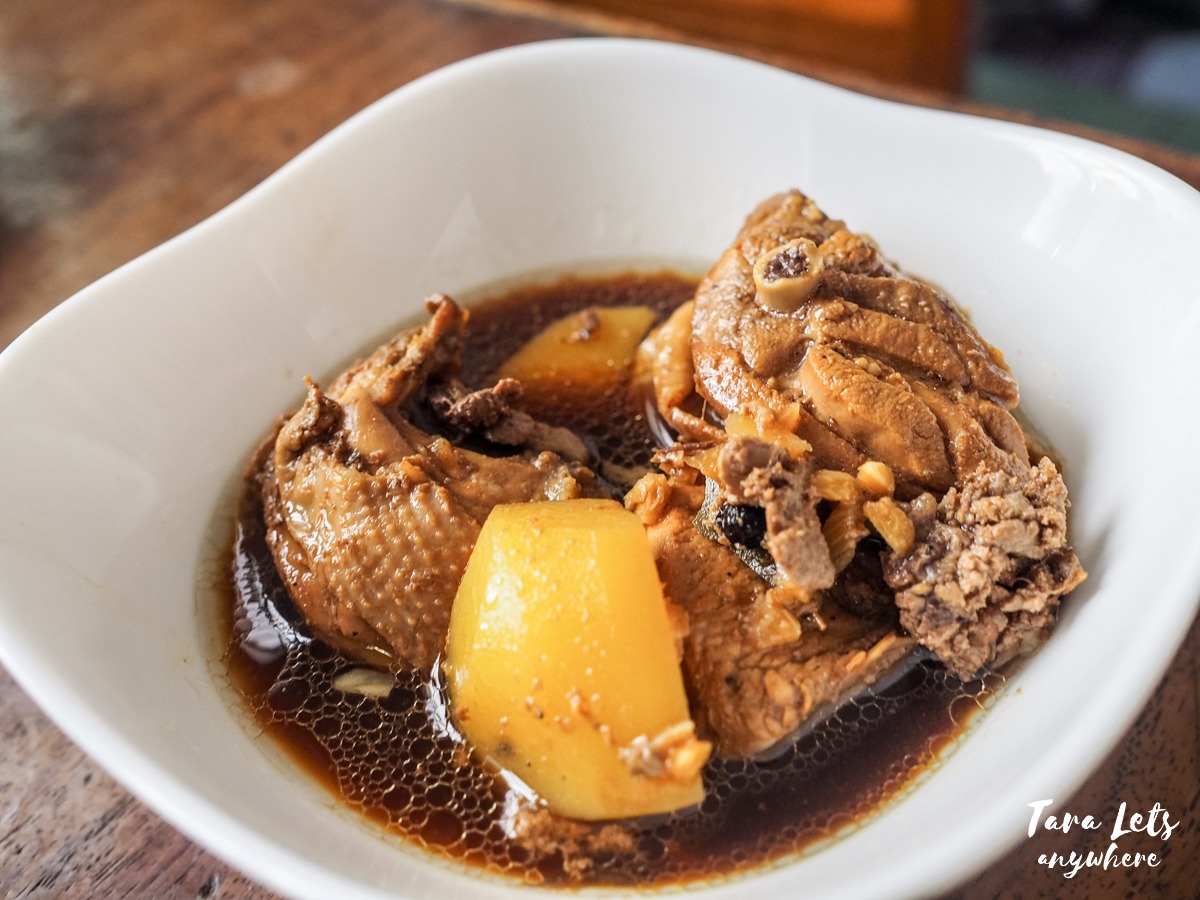
Here are my tips on getting the best out of your food experience:
- It’s a common saying to “Eat where the locals do”. This isn’t necessarily true in the Philippines. Remember that there are a lot of poor areas where eateries use cheap ingredients and shortcuts in cooking. Your best bet is to research on restaurants prior to your trip for reviews. That saying, there are places in the Philippines where the food is good even in ordinary eateries. I find this true particularly in Mindanao (Zamboanga, Sulu, and Tawi-Tawi).
- Each province has its own specialty dishes, which you should definitely try. For example, in the Bicol Region it’s common to find spicy food such as laing.
- Whether you’re a fan of any of these or not, here’s one thing you need to try: buying seafood! This is one of the things I personally love about out-of-town trips. Seafood is incredibly cheap in provinces, not to mention fresh! For instance, Iloilo and Capiz are famous for the P1 scallops. If you’re staying in the city though, you can still feast on seafood by going to a seafood dampa.
- Don’t miss out on experiencing a boodle fight!
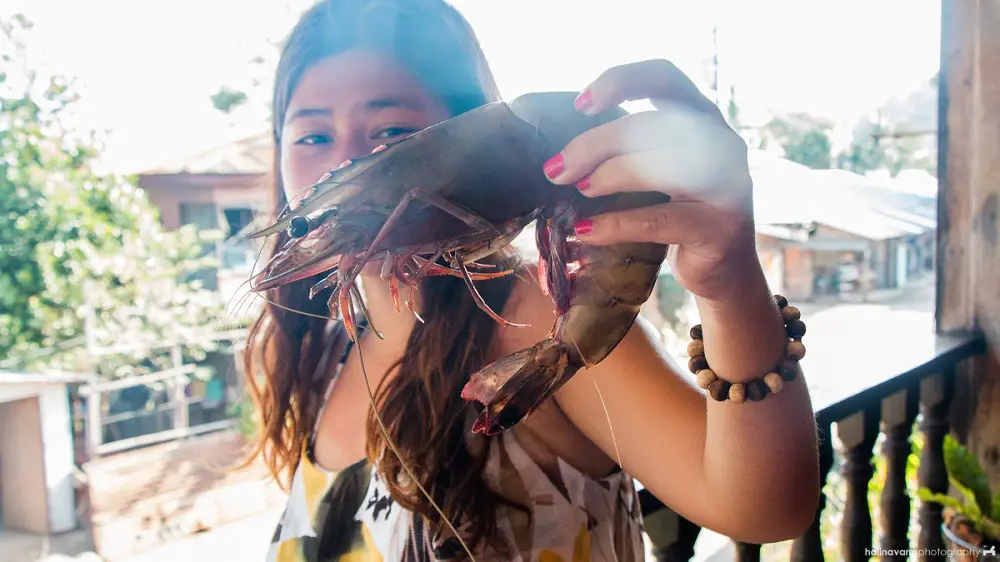
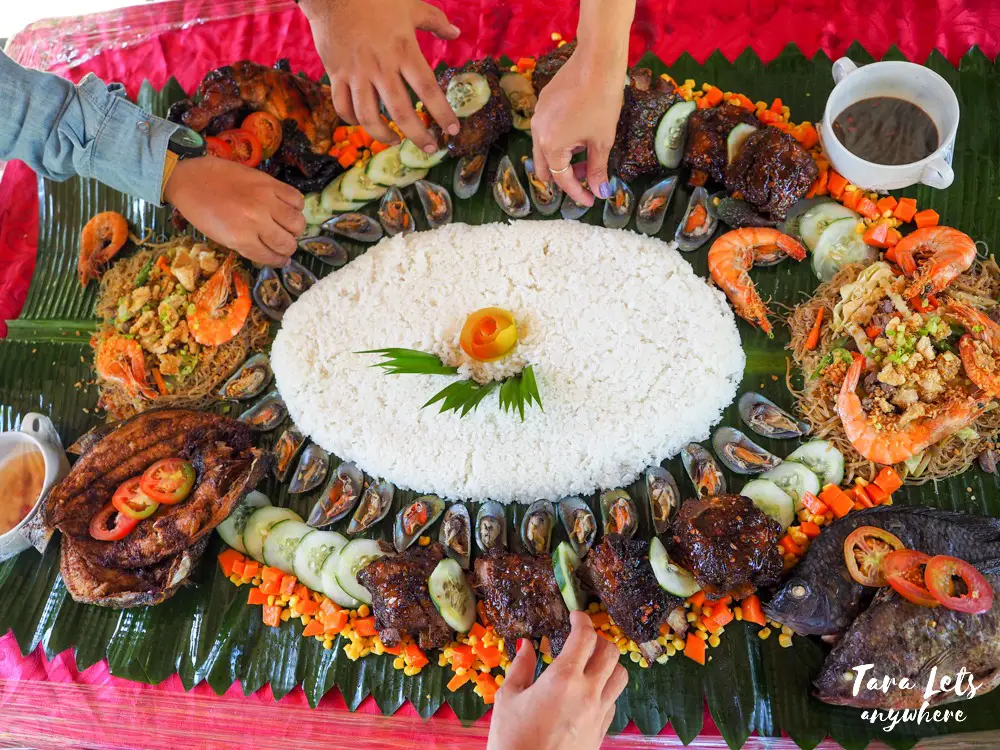
Generally, the Philippines is a great place to travel to! There’s a lot of great sights and activities. The locals are warm and friendly too. 🙂 Don’t miss the opportunity go here when you’re in Southeast Asia!
Has this guide been helpful to you? If you have comments or question about traveling to the Philippines for the first time, let us know in the comment section below.
What to read next:
Planning a trip to the Philippines? Check out these guides!
- First-Timers Guide to the Philippines
- Best Places to Visit in the Philippines
- Things You Need to Know Before Visiting the Philippines
- Is the Philippines Safe to Visit?
- Off-the-Beaten-Track Destinations in the Philippines
- Suggested 2 Weeks Itinerary in the Philippines
- Suggested 3 Weeks Itinerary in the Philippines
- Philippines Packing List
Others:
If you like this Philippines travel guide article, feel free to share it in Pinterest! 🙂
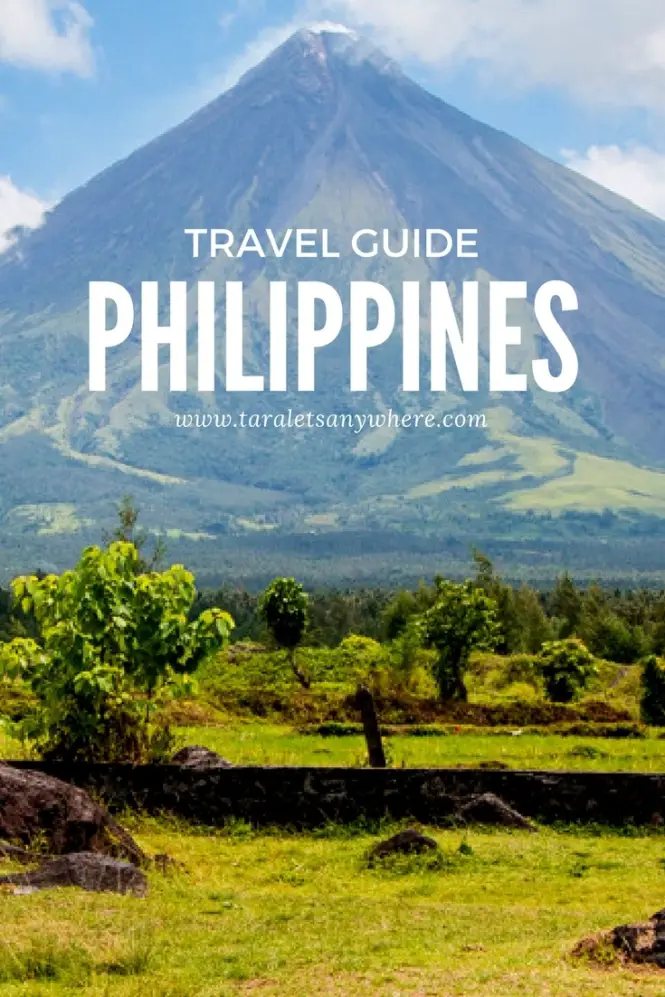
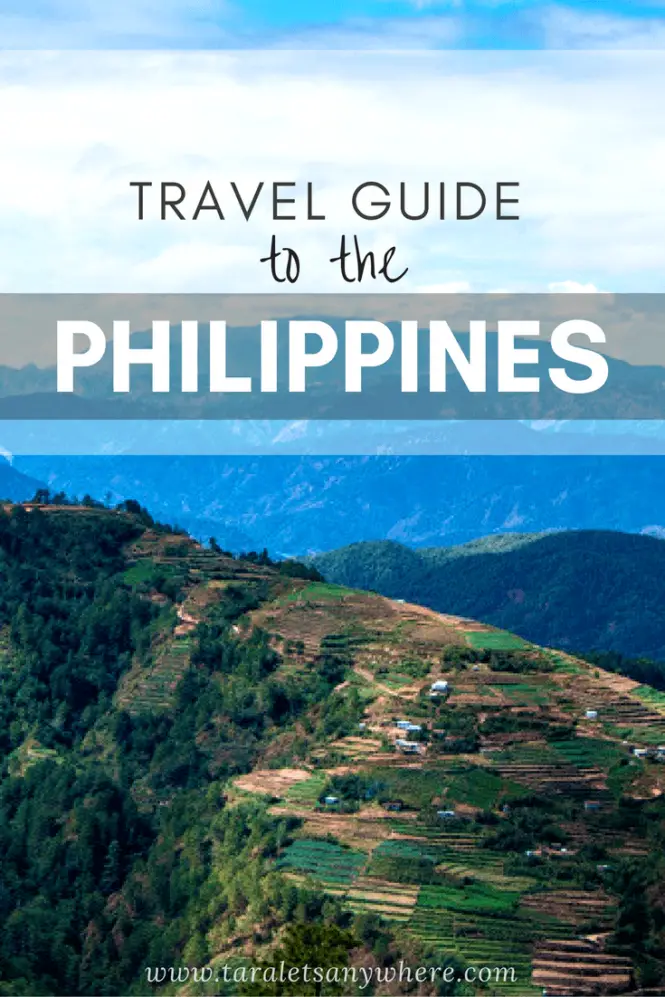
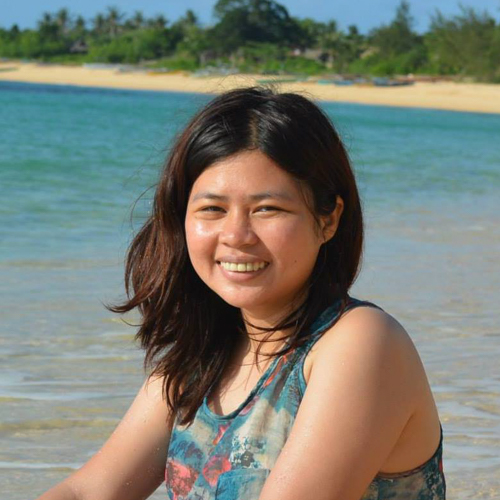
Katherine Cortes is a long-time backpacker and a freelance writer/editor. She likes beaches, snorkeling trips, and relaxing staycations (preferably with bath tubs!).




7 Comments
Sandro
I love how you’ve listed the spots which aren’t super typical, it refreshing to hear about new places to potentially visit there.
Alle - We are Local Nomads
HI Katherine,
I loved reading your guide! It is so difficult to choose where to visit in the philipines. Your post was very helpful narrowing down my wishlist 🙂
Mariana
Hello guys!! Thank you for all the details in your blog, we found details here about Phillipines that we did not see anywhere else 😀
We came back like a month ago from our trip; we did Coron, El Nido and Boracay.
We created a video with our drone with amazing shots of all the places we visited, it will also help you decide what you will like to see.
https://www.youtube.com/watch?v=lWo3i0OZBg4&t=1s
Hope you like it 😀
liz nichols
So glad I stumbled upon your site. I hear differing comments about safety in the Philippines regarding militant around the South. Your thoughts?
Katherine
Hi Liz. As of this writing, Marawi City in Mindanao is under martial law. If you steer clear of that and surrounding areas you should be fine.
KT Nielsen
I’ve only visited almost 20 provinces in the Philippines and I would love to explore some more. I don’t know how to possibly do it especially that I have a little toddler but I would love to visit each province in the future. Maybe I would travel together with my daughter. I’m a little apprehensive of being my husband because of his nationality but let’s see. Thank you for sharing this blog post.
Katherine
Hi Kessa, what about your husband’s nationality? Filipinos are very welcoming to foreign tourists.